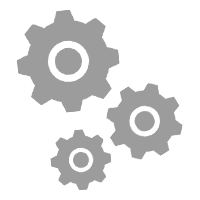Please wait while we prepare your workspace
You've reached your limit.
0 / 0Please wait while we process your request
Generating your document and preparing download...
Company: -
Version: -
Issue Date: -
Approved By: -
Go Digital with Electronic Signatures: Once you've saved your document, visit My Documents to create a secure share link. Distribute it across any platform (WhatsApp, Email, SMS) to collect encrypted digital signatures from your workforce and generate professional sign-off reports.

PLEASE WAIT DO NOT CLOSE THIS PAGE
YOUR DOCUMENT IS BEING GENERATED
Once you've generated and saved your document, create a secure share link to distribute across any platform. Collect encrypted digital signatures from your team and generate professional sign-off reports.
Testing with increased limits
Noise and Hearing Protection Toolbox Talk Template: Safeguarding Hearing Health in the Workplace
The Noise and Hearing Protection Toolbox Talk Template offered by The Health & Safety Zone is an essential tool for businesses committed to protecting the hearing health of their workforce in the UK. This meticulously developed document template serves as an invaluable guide for conducting impactful toolbox talks on noise and hearing protection in various work environments.
Key Features and Benefits of the Template
Enhancing Health and Safety Compliance
Simplicity and Accessibility with Our Online Generator
Useful Resources and Links
A Toolbox talk on Noise and Hearing Protection is essential to educate employees about the risks associated with workplace noise and to stress the importance of using appropriate hearing protection to prevent hearing loss and related issues.
Excessive noise is typically defined as continuous noise levels exceeding 85 decibels (dB). Prolonged exposure to high noise levels can lead to permanent hearing damage and other health issues.
The talk should cover various types of hearing protection, such as earplugs, earmuffs, and custom-fitted hearing protection devices. It should also emphasize selecting the right type for the specific noise level and task.
Toolbox talks on this topic should be conducted regularly, especially when employees are exposed to high noise levels or when new noise sources are introduced. The frequency may vary based on workplace conditions.
Employees should report any signs of hearing loss or discomfort to their supervisor or safety officer. Early intervention can help prevent further hearing damage. They should also attend regular hearing assessments as part of their workplace safety measures.